Succulents by sunny windows - Infrared Macro Photography
Even though its winter outside the plants inside by the bright windows seem quite happy. A Christmas Cactus is the first of the plants shown in this post. It cannot survive outdoors with our climate but its a nice place to have around the house. It produced flowers one year but has not since. It had some red tipped leaves making me think its stressed.. Maybe im giving it too might light from the sky lights.
 Camera Model Camera Model | Lumix GH3, modified by LifePixel for Full Spectrum |
|---|---|
 Lens Lens | Olympus M.ZUIKO DIGITAL Macro |
 Filter Filter | 720nm Infrared Passthrough filter |
 Aperture Aperture | f/3.5 |
 Shutter Speed Shutter Speed | 1/30 sec |
 Film Speed Film Speed | 800 |
 Spectrum Spectrum | Infrared (IR) |
 Wavelength Wavelength | 720 nanometers |
 Location Location | North Georgia USA. |
Not sure the name of this plant, but its cuttings are kept in a mason jar with water added every few weeks. Seems very happy with that setup.
The jar is a purple tinted glass and was casting its hue on the leaves, looks like it showed up in infrared as well on the bottom leaves.
An Aloe Vera plant with fresh growth on it. Its quite happy by the window as well, no flowers yet but seems to be content none the less.
Due to the water content in the plant it cannot survive frosts so it must be kept inside. When grown outside they do produce flowers, a blaze orange color.
A shot with the window in the background and the spines of the Aloe Vera plant can be seen. The color of the window in the background is interesting in contrast to the Aloe Vera.

These images are being hosted by Spee.ch
An image hosting service on top of the LBRY protocol.
Makingblocks.xyz/about
I take pictures with a special camera. Its a Mirrorless DSLR that has been modified by Life Pixel to see light in other wavelengths. This allows my camera to see light in the Infrared [IR] around 1300 NM wavelength, through the visual spectrum and into the Ultraviolet A and B wavelengths roughly into the 300 NM wavelength.
I carry many filters on me to make the photos you see in my blog, these filters screw on my lens and help me isolate certain wavelengths for certain scenes. These filters can be IR / UV pass-through filters to assist me get a natural photo taking out the UV and IR light. Or I may use a Infrared pass-through filter capture just IR light. I can do the same with UV light as well, though I need some better filters which they can cost a few hundred dollars for true Ultraviolet pass through filters. So for right now I have B + W 403 bandpass filters that still allow some IR light in, due to their cheaper material.
There are also exotic glasses made of sapphire and germanium I am open to working with to replace my silica glass hot mirror with a material that allows even longer wavelengths of infrared to enter my cameras sensor. Special sensors, lenses and filters of that material would be needed as well, so it would be a big project but one that may give some even more unique photography results.
Addresses below to help me buy better camera equipment and support me to travel to locations to do photo and video and overall great blogs in new places. I would be happy to list some of the contributors in my posts for donations that help me along the way.
| Coin | Address |
|---|---|
 BTC: BTC: | bc1qhfmvd2gywg4fvrgy2kkkkyqta0g86whkt7j8r7 |
 LTC: LTC: | ltc1qdyzm5cwgt8e2373prx67yye6y9ewk0l8jf3ys9 |
 DASH: DASH: | XkSqR5DxQL3wy4kNbjqDbgbMYNih3a7ZcM |
 ETH: ETH: | 0x045f409dAe14338669730078201888636B047DC3 |
 DOGE: DOGE: | DSoekC21AKSZHAcV9vqR8yYefrh8XcX92Z |
 ZEN: ZEN: | znW9mh62WDSCeBXxnVLCETMx59Ho446HJgq |
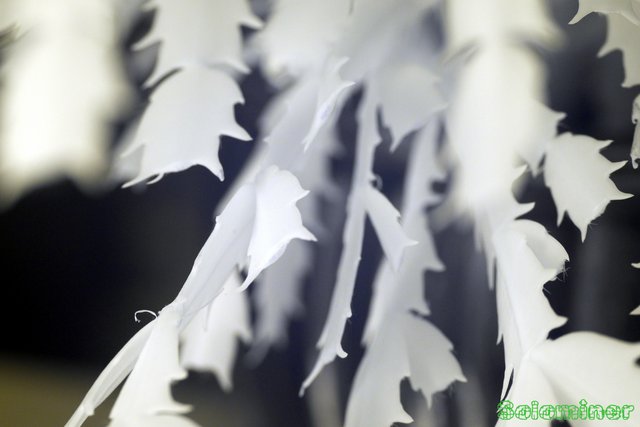
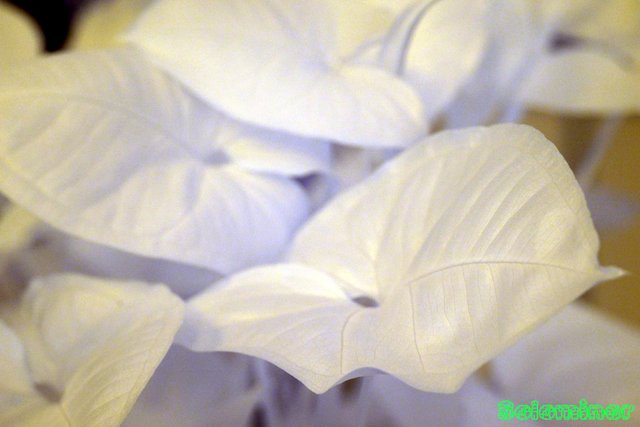
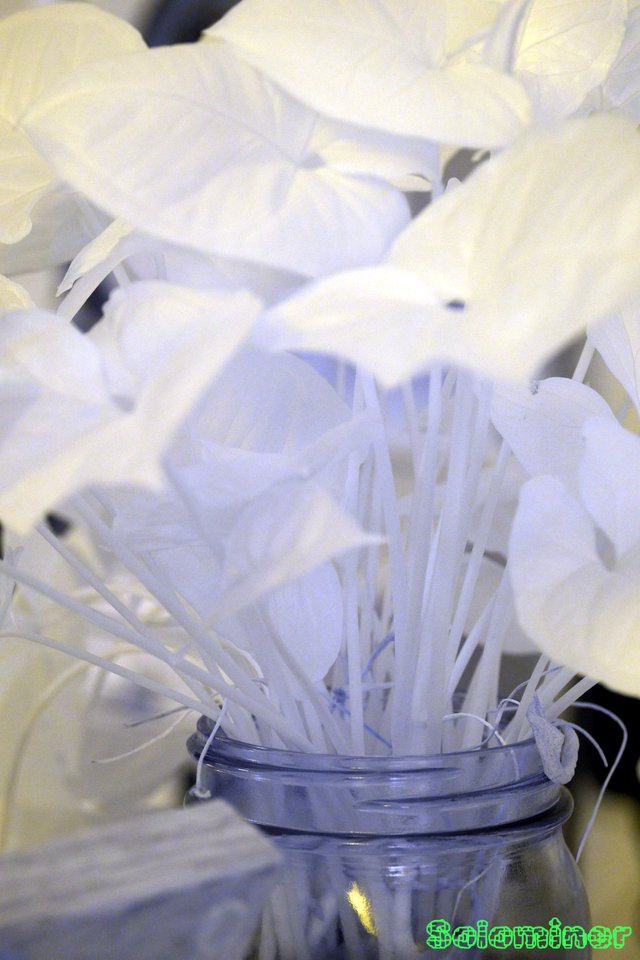

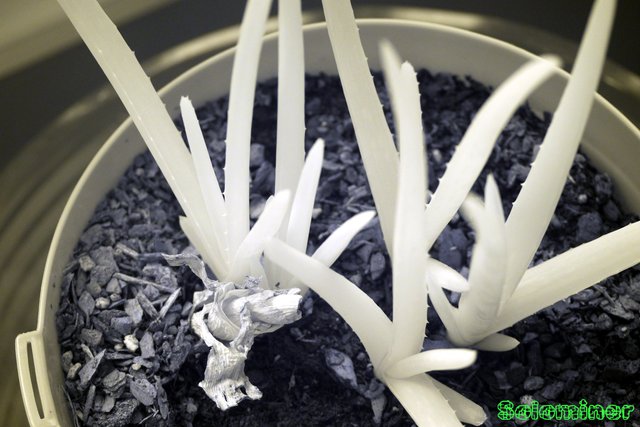
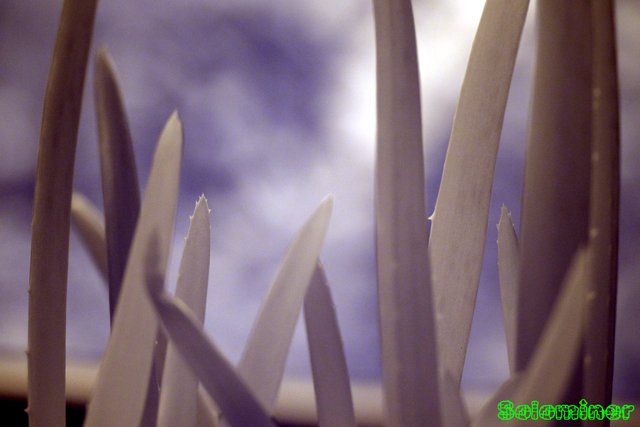
I managed to recognize the first two plants. But Aloe got me by surprise!
Hehe yeah the aloe looks like a tentacle monster coming out of the dirt to me.
Hello!
This post has been manually curated, resteemed
and gifted with some virtually delicious cake
from the @helpiecake curation team!
Much love to you from all of us at @helpie!
Keep up the great work!
Manually curated by @priyanarc.
@helpie is a Community Witness.
You have been curated by @hafizullah on behalf of Inner Blocks: a community encouraging first hand content, with each individual living their best life, and being responsible for their own well being. #innerblocks Check it out at @innerblocks for the latest information and community updates, or to show your support via delegation.
Hi @solominer!
Your post was upvoted by @steem-ua, new Steem dApp, using UserAuthority for algorithmic post curation!
Your UA account score is currently 3.634 which ranks you at #6086 across all Steem accounts.
Your rank has not changed in the last three days.
In our last Algorithmic Curation Round, consisting of 93 contributions, your post is ranked at #8.
Evaluation of your UA score:
Feel free to join our @steem-ua Discord server
Nice Job @solominer!
It's really great to be able to see which parts are colder and which are hotter using IR!
Can you also click pictures purely in IR rather than both IR and visible? They'll be containing a lot of info about the true temperature of different plant parts!
Your post has been supported by Steem Biodiversity Project (SBioP).
Thanks for being with us on Discord.
Best,
Aakash (@aakashsinghbais)
Oh! I dunno! It's confusing!! Are these images true IR? Maybe if you could keep them side-by-side with the normal visible-light ones @solominer, they'll be easier to appreciate. I just looked at one of your other posts and found that one of the jars is actually quite dark colored. So maybe they r true IR!
You must be knowing better!! 😜
Your thinking of thermal vision. My wavelength I'm capturing is in the near infrared.
Yes my plan is to blend them so both can be seen side by side.
Hey, thermal vision works on IR....doesn't it?
Anyways, great job!!
Thermal or longwave infrared (TIR or LWIR) light includes wavelengths between 8,000 and 15,000 nanometers. My camera can only see up to about 1,200 nanometers. Normal cameras can only see up to about 740 nanometers for reference. But my camera was modified to see further into the ultraviolet and the infrared spectrums.
I would need replace my silica glass lenses and mirrors with germanium to possibly see in those wavelengths. Though the silicon the camera sensor is made of may need additional work to see in such spectrums.